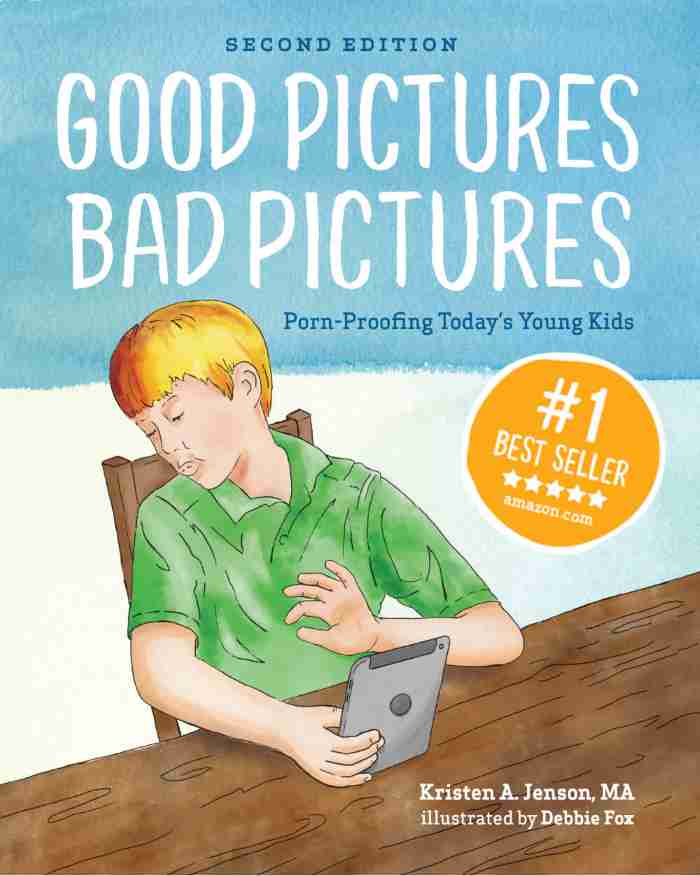
“Can I Play This?” Video Game Decisions Made Easy in 4 Quick Steps
Chances are that the kid in your life asks about a new video game on a regular basis. Kids hear about games and apps from their friends or advertisements and come home begging for them.
There are plenty of clever, high-quality video games out there, but there are also a lot that are a waste of money, inappropriate, dangerous, or addictive. Even as a video gamer myself, I have a hard time keeping up with the games that my kids want. The ESRB rating isn’t enough to tell me what I need to know before letting a game into our home.

How can you tell the good video games from the trash? Here’s my four-step process for evaluating a game that my kids are asking for:
1. Check the right reviews
Checking out reviews of the game on a content evaluation website is a good way to start as it will make it abundantly clear if the game is inappropriate before you have to do more research.
The gold standard site for content reviews is Common Sense Media. Not only do they review video games, but they also cover many popular phone apps, as well as reviews of movies, shows, and books. On a Common Sense Media review of a game, you’ll find:
- An overall appropriate age
- A 1-to-5 star rating for quality
- General summaries for parents ("What's it about?" and "Is it any good?")
- Discussion questions you might use to talk with your kids about the game
- Ratings on a scale of 1 to 5 for:
- Educational value
- Positive messages
- Role models & representations
- Ease of play
- Violence
- Sex
- Language
- Alcohol & drug use
- Consumerism
Common Sense Media really provides everything you need for a good base to make a decision about buying a game.

There are a few other sites that provide parental guidance on video games as well. If the game your child wants isn’t on one of these sites—perhaps because it’s a phone app—try googling the game name plus “reviews” or “parent guide” to see if anything comes up.
But don’t be surprised if nothing does. The ease of creating apps has caused an explosion of small independent games which often don’t get reviewed at all. If you can’t find a review that has done the work for you already, it’s time to move on to step 2.
Related: Online Video Games: Top 10 Tips to Keep Kids Safe
2. Watch gameplay on YouTube or Twitch

Next do a search for the game on YouTube and see what comes up. Try searching for the game’s name with the following terms:
- “Let’s play” to see what standard gameplay looks like. (“Let’s play” is the YouTuber term for a video where you watch someone else play the game, usually with a friendly personality or commentary.)
- “Online,” “Co-op,” or “multiplayer” to see what kind of online play might be taking place. Will your child be able to talk with strangers, exposing them to possible grooming?
- “Mods” to see if players can upload custom content to the game, a factor that might take the game beyond the rating on the box.
You should also see if the game is on Twitch, a platform for players to livestream their gaming, usually with an audience chatting along.
When you watch these videos, consider not just the content in the game but the attitudes and language of the people you see playing the game. These videos represent the environment and culture surrounding the game, which you are essentially inviting your child into by buying the game.
For many games, especially “sandbox” or “open world” games with no definite storyline or goal (like Minecraft and Roblox), you may see a mix of both child-friendly content and inappropriate or even sexual content.
If you see this kind of mix, you will have to be more hands on about gameplay to keep your child in the appropriate area of the game’s range of play. If that’s something you don’t feel you can do, you may want to avoid these games all together.
Related:
Pedophiles Hunt Kids in Popular Gaming Chat Rooms
Parent Alert: Is Roblox Safe for Kids? Watch Out for These 4 Dangers
[[CTA]]
3. Consider how the company makes a profit
As hard as it is to swallow the $60 price tag for an A-list console game, at least you know the company is paying its developers directly. If the game your child wants is free, consider how the company can afford to give this away.
Generally, there are two options: 1. In-game advertising 2. In-game currency
In-game advertising
Advertising leaves parents in a tricky spot because there’s really no way to predict what the game might advertise to your child. Generally, it will probably be other games. Hopefully they will also be appropriate to the age bracket of the game you are playing but that is not always the case.
My kids have run across ads for fantasy games with scantily clad female warriors or dating sim games with suggestive ads. If it’s possible to purchase a premium or ad-free version of the game, it might be wise to do so to avoid the advertisements. At a minimum, talk with your child about the purpose of ads (to make you buy things) and how to resist them.

In-game purchases
Download the game yourself to find out what kind of purchases will be available to your child. In-game currencies have become somewhat controversial in the past few years. Generally, you use cash to buy a set number of gems or coins. These are then spent in the game to instantly progress things that otherwise require you to wait several hours. This tactic is very effective on impatient children. Some games are basically unplayable without purchases. Look for people complaining about purchases in app store reviews.
Even worse is the now infamous “loot crate” where real money is used to buy a box of random items for the game. Sometimes the box contains a powerful or rare item, sometimes not, creating a gambling-like high that can lead to addiction. Loot crates are so dangerous and predatory that some countries are moving to either ban loot crates or give games containing them an adult rating. Find out if the game your child wants contains any purchase of “random” items. Think carefully before introducing them to a game that includes them.
4. Consider the source
Another good gut-check about the game is to consider the company that created it. This is especially important in phone apps, where individual games are less likely to have reviews.
Some companies have a reputation for creating child friendly games. An example for console gaming is Nintendo, whose games are most often family friendly and encourage playing together.
Other companies have a reputation for putting out lots of middling quality apps or games with questionable ads and revenue practices. Finding out what kind of company makes the game can give you a good indication if the game is worth spending your child’s time on. Here's how to find out more about the company:
- Try doing a Google search for the name of the company. Check the news tab on Google to see any controversy the company is involved in.
- Look at their company website for a glimpse into what kind of image they are trying to project.
- Look for a Wikipedia article for the company, that’s a good place to find a more objective evaluation of their marketing practices and see if they are winning awards for game quality.
Also consider if the game is tied into a popular kid’s product or show. These apps tend to be less high quality because the whole game is just serving as an advertisement for a product. There are exceptions, like apps designed for educational PBS shows, but even these focus your child on a brand name and encourage consumerism. Consider carefully if you want to buy into that.
Your Action Plan

Video games can be a fun bonding experience between siblings and even parents and children. Their plots can be clever and creative like the best movies and books. They can provide opportunities to learn skills like persistence and grit. But since your child may be spending hours in this game, it’s worth your time to do thorough research into what kind of game this is and what influence it will be on your child. So before you buy that game for Christmas, take these four steps:
- Check reviews for content on a site like Common Sense Media
- Watch gameplay on YouTube and Twitch and look at who is playing the game and how
- Consider how this game is making money and if your child is being monetized
- Think about the company that produced the game and if you trust them with your child’s time



Good Pictures Bad Pictures
"I really like the no-shame approach the author takes. It's so much more than just 'don't watch or look at porn.' It gave my children a real understanding about the brain and its natural response to pornography, how it can affect you if you look at it, and how to be prepared when you do come across it (since, let's face it... it's gonna happen at some point)." -Amazon Review by D.O.







